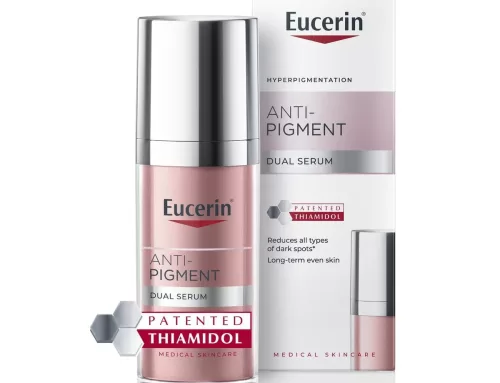Milk has been used for centuries in various forms for its therapeutic and cosmetic benefits. Today, milk-based ingredients are widely incorporated into cosmetics, offering a range of benefits for the skin. Whether in the form of milk proteins, lactic acid, or even whole milk, these natural ingredients can help hydrate, soothe, and rejuvenate the skin. But what exactly makes milk in cosmetics such a powerful ingredient? Let’s explore the science behind milk’s effectiveness in cosmetics and its potential benefits for skin health.
The Power of Milk Proteins
Milk is rich in proteins, lipids, and other bioactive molecules that have a profound impact on the skin. The proteins found in milk, particularly casein and whey, are known for their ability to improve skin hydration, elasticity, and overall texture. These proteins help form a protective layer on the skin, preventing moisture loss while providing nourishment. They also have antioxidant properties, which can help protect the skin from environmental stressors like pollution and UV radiation, keeping the skin looking youthful and vibrant.
Milk in Cosmetics Brightens Skin with Lactic Acid
One of the key components of milk that benefits the skin is lactic acid. Lactic acid is an alpha-hydroxy acid (AHA) found naturally in milk, and it’s known for its gentle exfoliating properties. By breaking down dead skin cells on the surface, lactic acid helps to reveal a smoother, brighter complexion. Regular use of milk-based products can help even out skin tone, reduce the appearance of dark spots, and enhance overall skin texture.
Additionally, lactic acid promotes the production of collagen and elastin in the skin, essential proteins that keep the skin firm and plump. This can lead to a more youthful appearance, making milk a popular ingredient in anti-aging products. Lactic acid also has the unique ability to deeply penetrate the skin, offering both short-term and long-term benefits.
Milk in Treating Dermatological Diseases
Milk-based products have been long recognized for their ability to address a wide range of dermatological conditions, making them a valuable addition to skincare routines. Milk is effective in promoting the healing of chronic wounds, enhancing tissue regeneration, and treating conditions like plaque psoriasis. These benefits stem from milk’s rich composition of proteins, lipids, and bioactive compounds, which work together to improve skin health.
Milk in cosmetics is particularly beneficial for managing acne vulgaris, as it can help reduce the number of acne lesions and blackheads. This is largely due to its ability to regulate sebum production, preventing excessive oil that can clog pores and contribute to breakouts. Furthermore, the anti-inflammatory properties of milk help to calm the redness and swelling that often accompany acne flare-ups, providing soothing relief to irritated skin.
Beyond acne, milk’s versatility shines through in its treatment of other skin conditions. For example, in conditions like plaque psoriasis, milk-based products can help alleviate the inflammatory changes that cause flaking and scaling. The anti-inflammatory and soothing properties of milk make it a gentle solution for inflamed or irritated skin, offering relief without harsh chemicals or synthetic ingredients. The moisturizing effects of milk are also highly beneficial for individuals suffering from eczema or dry skin, as it helps restore the skin’s moisture barrier, preventing further irritation and discomfort.
In addition to promoting skin healing, milk offers a broad range of other benefits. It has been found to provide toning, smoothing, and anti-irritation effects, which can improve the overall appearance and texture of the skin. Its gentle, moisturizing properties make it a popular ingredient in products designed to treat sensitive or irritated skin. Milk also has whitening and soothing effects that help reduce the appearance of dark spots and even out skin tone, contributing to a more radiant complexion.
Moreover, milk’s anti-aging properties shouldn’t be overlooked. The proteins, lipids, and lactic acid in milk work to nourish the skin while promoting collagen production, which can help improve skin elasticity and reduce the appearance of fine lines and wrinkles. This makes milk-based products a fantastic choice for individuals looking to maintain a youthful appearance while addressing skin conditions.
Milk in Cosmetics as a Natural Solution
Milk-based ingredients offer a natural, effective, and gentle solution for a variety of skin concerns. From exfoliation and hydration to acne treatment and anti-aging benefits, milk’s presence in the beauty industry is both timeless and scientifically backed. By incorporating milk into your skincare routine, you can nourish your skin with a natural and holistic approach. Whether through face masks, moisturizers, or cleansers, milk offers an array of skincare solutions that promote healthier, smoother, and more radiant skin.






Leave A Comment